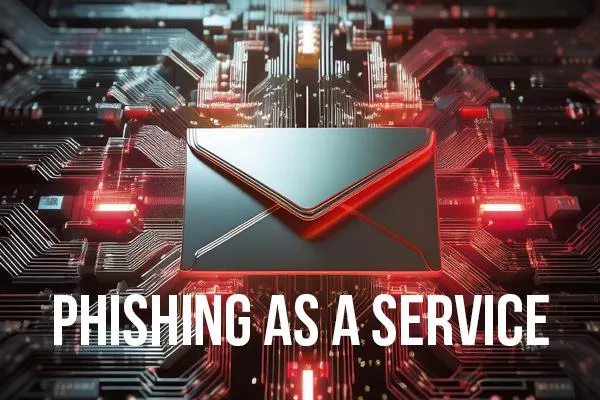
Phishing-as-a-Service: the Amazon Prime of Cybercrime
Let me be blunt—cybercrime is no longer just the domain of elite hackers. Thanks to Phishing-as-a-Service (PhaaS), almost anyone can launch a professional-looking phishing scam with zero tech skills. These kits are sold like software subscriptions on the dark web, complete with fake login pages, delivery tools, and even support. If you run a small business or manage sensitive data, you’re a prime target. In this post, I’ll break down exactly what PhaaS is, why it’s spreading like wildfire in 2025, and how you can protect yourself, your team, and your customers before it’s too late.
Phishing-as-a-Service: the Amazon Prime of Cybercrime
What Is Phishing-as-a-Service (PhaaS)?
You’ve probably heard of phishing, but here’s what you might not know: phishing has gone pro. Phishing-as-a-Service (PhaaS) is a growing cybercrime trend where bad actors sell pre-made phishing kits to anyone willing to pay. These kits include fake login pages, email templates, hosting, delivery tools, and even dashboards to track how many victims clicked.
It’s like Shopify for scammers—only instead of selling candles or t-shirts, they’re after your data and dollars.
And the scariest part? The person targeting your company might not know a thing about coding. That’s how turnkey and dangerous these kits have become.
Why PhaaS Is Growing So Fast
There are three reasons PhaaS is exploding right now:
It’s easy – No tech skills required. Just pay, plug, and phish.
It’s anonymous – Crypto payments and dark web access make it hard to trace.
It’s profitable – Even a handful of successful clicks can bring in thousands.
I’m seeing more attacks every month—and they’re getting smarter, faster, and harder to spot.
What This Means for You and Your Business
If your team uses email, online forms, cloud logins, or payment systems, you’re at risk. And if your employees aren’t trained to spot fakes, you’re running wide open.
Here’s what I recommend:
Run phishing simulations and awareness training at least twice a year.
Use two-factor authentication (2FA) for every login, internal and external.
Set up SPF, DKIM, and DMARC to authenticate your outgoing emails.
Monitor the dark web for exposed credentials—yes, even yours.
Your people are your first line of defense, but only if they know what to look for.
Real-World Proof It’s Already Happening
If you want to see just how real this threat is, check out some of the recent posts I’ve written:
Each one shows how low-effort cybercrime is evolving—and how many businesses still aren’t ready for it.
Want to Stay Safe? Start Here.
If your cybersecurity training is outdated—or nonexistent—now’s the time to fix it. I can help you spot the cracks in your current setup, train your team, and build a real-world defense system that actually works.
Because these days, hackers don’t need to be smart. They just need your employees to click.
Let’s make sure that doesn’t happen. Contact me to book a call today.
